THE ANTI-CANCER ESSENTIAL OIL REFERENCE GUIDE

What to Use for the ULTIMATE
Anti-Cancer EO routine!


What to Use for the ULTIMATE
Anti-Cancer EO routine!

Essential oils have been used in medicine since ancient times. When it comes to the modern, documented anti-cancer properties of essential oils (EOs), there is certainly a magnitude of information yet to be discovered. What’s clear from current studies is much overlap occurs between the properties of many individual oils.
Rest assured, each individual EO within the categories of our Essential Oil Reference Guide has been scientifically studied and shown to exhibit anti-cancer properties. If you want more details about using essential oils with a specific cancer type, you can use this list as a starting place and then search the internet for each oil in combination with a unique cancer type. Keep in mind while searching, if there are no studies on a specific oil and cancer type, it doesn’t necessarily mean the oil does not have any effect. It could just mean that particular combination has yet to be studied.
When it comes to putting together the ultimate anti-cancer routine for our own family, we’ve largely moved away from trying to figure out which oils are the “best” and place a much bigger emphasis on being sure to follow a rotation. We don’t get too hung up on what the BEST EO is for a particular purpose (because there is no singular “best”). We DO make sure we’re including an EO from each of the categories we’ve identified below within our daily routine. This way we know we’re covering all the main anti-cancer compounds, continuously!
At home, you can use this EO Quick Guide to enhance your detoxification routine and build your own essential oil apothecary. The easiest way to ensure your family is absorbing these compounds on a regular basis is through topical use. Using rollerballs is a great way to make your desired dilution one time and then use it repeatedly. We also use these EOs in rotation with our diffusers and bath soaks as well! When we’re running low on any particular bottle, we simply order a bottle of the next oil in its category, which makes it an incredibly simple process to keep going…for the ULTIMATE anti-cancer EO routine.
Ryan, Teddy, and familyCARRIER O
To see our favorite essential oils and topical products, visit the What We Use section of our website!

Carrier Oil
A carrier oil is any oil used to dilute an essential oil in order to use it directly on the skin. We recommend organic plantbased oils packaged in glass. Examples include almond, apricot, avocado, coconut, jojoba, olive, shea, etc.
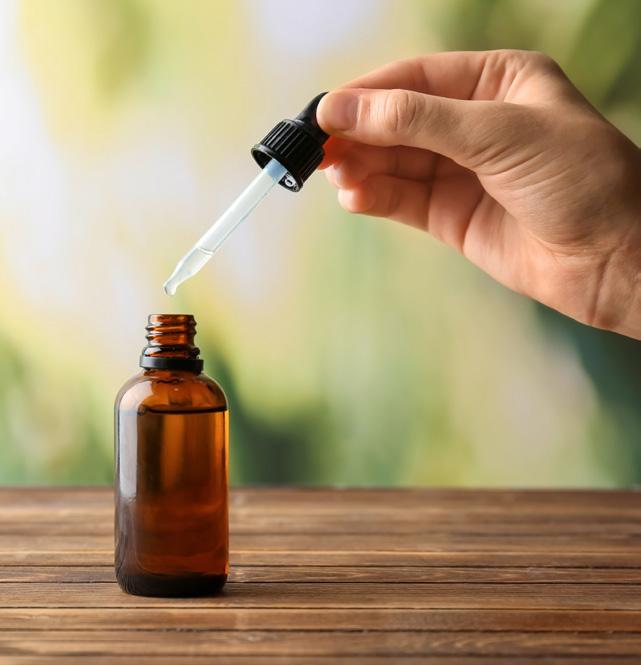
Dilution Guidelines
How many drops of essential oil to add to 20ml (4 tsp) of carrier oil to reach your desired dilution:
*2-3% is the standard adult dilution, 1-2% for children. Always patch test a new oil first.
To see our favorite essential oils and topical products, visit the What We Use section of our website!
D-Limonene, a compound with very well-studied anti-cancer properties, is found in orange essential oil, as well as grapefruit, yuzu, and just about every citrus-based EO.
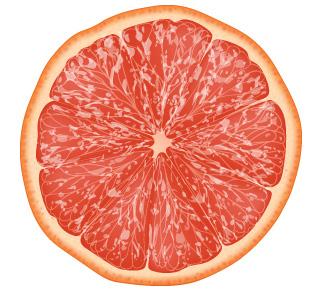





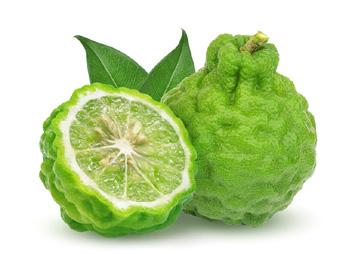
“Essential oils have been shown to possess cancer cell targeting activity and are able to increase the efficacy of commonly used chemotherapy drugs”
To see our favorite essential oils and topical products, visit the What We Use section of our website!
Grapefruit Orange Tangerine Yuzu Lemon Lime BergamotPinene and myrcene, two compounds shown to exhibit a high degree of anti-cancer activity, are found in pine essential oil, as well as cedar, juniper, and most other wood-based EO.

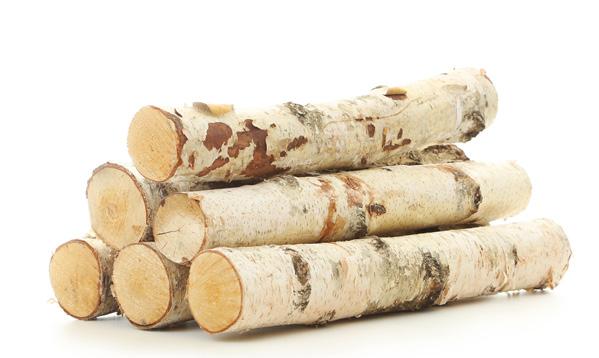


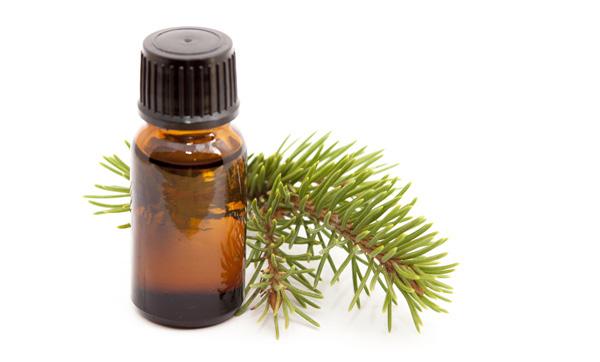


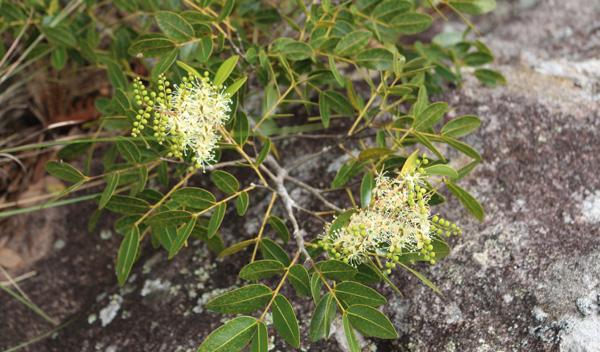
“EOs have been shown to possess anticancer properties through various mechanisms, including cancer preventative mechanisms, as well as acting on the established tumor cell itself and interaction with the microenvironment .“
To see our favorite essential oils and topical products, visit the What We Use section of our website!
Birch Cedar Pine Fir Cabreuva Rosewood CopaibaPerillyl alcohol, an anti-cancer agent, can be found in the essential oils of various plants and herbs, such as lavender, lemongrass, sage, and peppermint. Citral has shown anti-cancer properties in both in vitro and in vivo studies and is the key component that gives the lemony aroma and taste in several herbal plants such as lemon grass, lemon balm, and verbena.
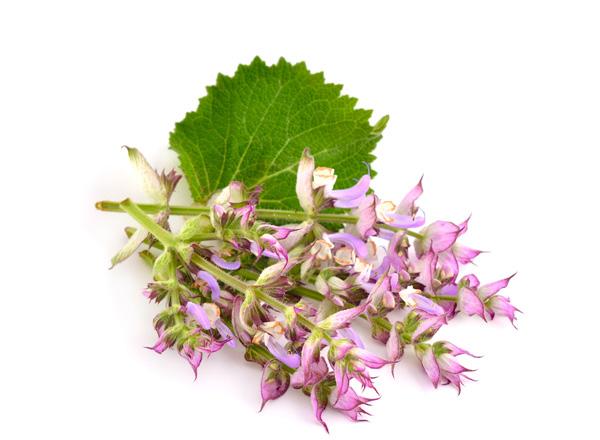
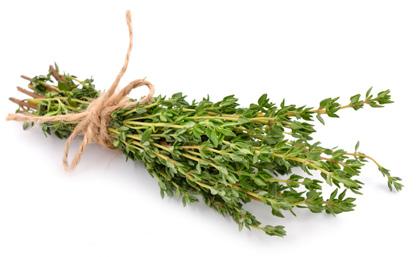
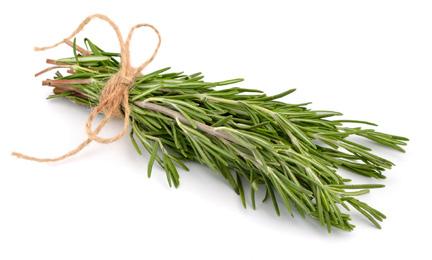



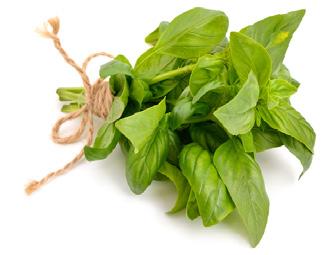

“EOs from different plants have been reported to have anticancer potential against mouth, breast, lung, prostate, liver cancer, colon cancer, and brain cancer and even in leukemia.”
To see our favorite essential oils and topical products, visit the What We Use section of our website!
Clary Sage Thyme Rosemary Oregano Chamomile Lemongrass Basil HelichrysumThe “Biblical Oils” are likewise “Wood” oils, but since these three in particular are, well… Biblical… we decided to make a special category for them to be sure we’re using at least one of them at any given time. Each is highly renowned for its anti-cancer properties.


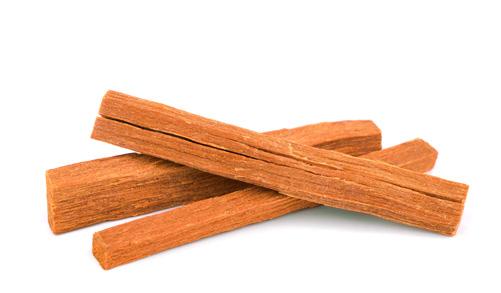
Beta-Elemene is found in turmeric oil, ginger, and other plants. It has been used in combination with cisplatin to treat lung cancer and has been shown in studies to provoke apoptosis (cell-death) in an astounding array of human cancer cells.



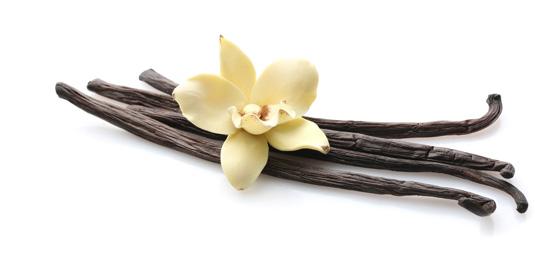
To see our favorite essential oils and topical products, visit the What We Use section of our website!
Myrrh Frankincense Sandalwood Tumeric Cinnamon Clove VanillaBlack cumin seed oil and its main constituent, thymoquinone, has been shown in numerous studies to be effective against various chronic illnesses, including cancer. Neem oil alone has at least 5 components studied for their anti-cancer effects: azadirachtin, nimbolide, gedunin, quercetin, and epoxy azadiradione.


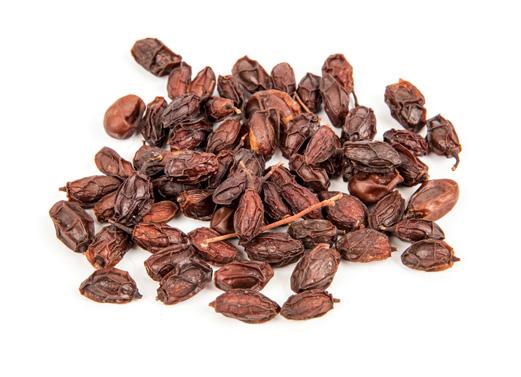
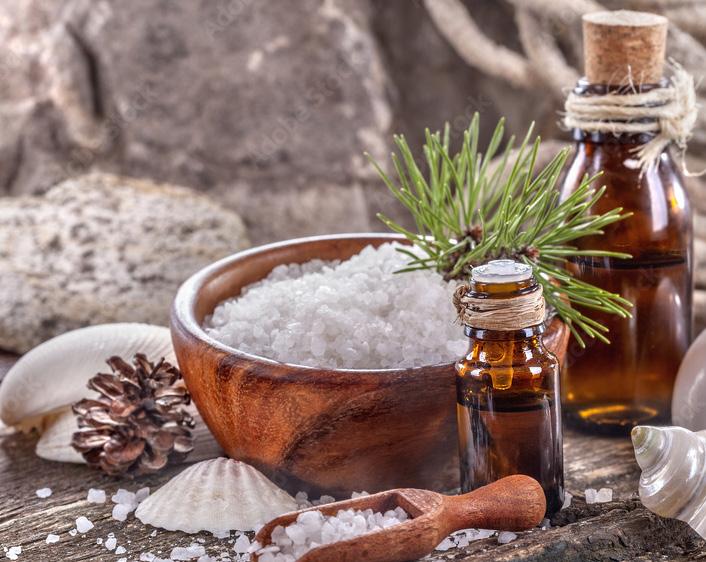
INGREDIENTS:
1cup epsom salt
¼ cup sea salt
¼ cup baking soda
2 drops of essential oil
INSTRUCTIONS:
Mix well and add to a warm bath
Stir until the mixture dissolves
Soak for 15-20 minutes
To see our favorite essential oils and topical products, visit the What We Use section of our website!
Black Cumin Carrot*Anticancer Properties of Essential Oils and Other Natural Products
* Pharmaceutical and therapeutic potentials of essential oils and their individual volatile constituents: a review
*Essential Oils and Their Constituents as Anticancer Agents: A Mechanistic View
*Anticancer activity of essential oils and their chemical components - a review
*Essential Oils of Aromatic Plants with Antibacterial, Antifungal, Antiviral, and Cytotoxic Properties - an Overview
beta-Elemene, a novel plant-derived antineoplastic agent, increases cisplatin chemosensitivity of lung tumor cells by triggering apoptosis
Nigella sativa L. (Black Cumin): A Promising Natural Remedy for Wide Range of Illnesses
Neem components as potential agents for cancer prevention and treatment
Anticancer activity of an essential oil from Cymbopogon flexuosus
Citral reduces breast tumor growth by inhibiting the cancer stem cell marker ALDH1A3
Frankincense oil derived from Boswellia carteri induces tumor cell specific cytotoxicity
d -Limonene sensitizes docetaxel-induced cytotoxicity in human prostate cancer cells: Generation of reactive oxygen species and induction of apoptosis
Effect of citronellol and the Chinese medical herb complex on cellular immunity of cancer patients receiving chemotherapy/radiotherapy
Geraniol, a component of plant essential oils, modulates DNA synthesis and potentiates 5-fluorouracil efficacy on human colon tumor xenografts
Phytochemical analysis and cytotoxicity towards multidrug-resistant leukemia cells of essential oils derived from Lebanese medicinal plants
Cytotoxic effect of essential oil of thyme (Thymus broussonettii) on the IGR-OV1 tumor cells resistant to chemotherapy
Essential oil of Curcuma wenyujin induces apoptosis in human hepatoma cells
Perillyl alcohol is an angiogenesis inhibitor
α-Pinene isolated from Schinus terebinthifolius Raddi (Anacardiaceae) induces apoptosis and confers antimetastatic protection in a melanoma model
An essential oil and its major constituent isointermedeol induce apoptosis by increased expression of mitochondrial cytochrome c and apical death receptors in human leukaemia HL-60 cells
Vapor of volatile oils from Litsea cubeba seed induces apoptosis and causes cell cycle arrest in lung cancer cells
Anti colon cancer components from Lebanese sage (Salvia libanotica) essential oil: Mechanistic basis
Essential oil of Artemisia capillaris induces apoptosis in KB cells via mitochondrial stress and caspase activation mediated by MAPK-stimulated signaling pathway
Patchouli alcohol, an essential oil of Pogostemon cablin, exhibits anti-tumorigenic activity in human colorectal cancer cells
To see our favorite essential oils and topical products, visit the What We Use section of our website!